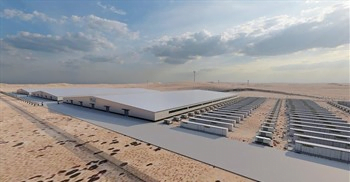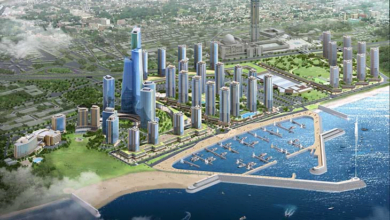Bank Al-Maghreb, after the quarterly monetary board this Tuesday, June 21, 2016, indicated that the interest rate was at an appropriate level. It also confirmed a very small GDP level of growth in 2016 of 1.2% in this north African country.
In a monetary council held this Tuesday, June 21, 2016, the Central Bank decided to leave its main interest rate unchanged, said the Wali of Bank Al-Maghrib, Abdelatif Jouahri. A report from the institution said that « taking into account an inflation forecast in line with the objective of price stability, the Commission found that the current level of 2.25% interest rate remains appropriate. » For the Central Bank, « given the structural improvement in bank liquidity, the Board decided to increase the rate of monetary reserves from 2% to 5% and to establish a remuneration of the reserve for banks deploying more credit-granting efforts. »
The growth in non-agricultural GDP has been kept virtually unchanged at 2.8%, « considering a better agricultural production, not including seeds, than expected in March, » growth should thus be established this year to only 1.2% , especially since Bank al-Maghrib acknowledges revised contraction of 9% agricultural added value. As for the labor market, « The first quarter recorded a loss of 13 000 jobs particularly in industry, craftsmanship, and low creations in services and construction. Under these conditions, the unemployment rate increased by 0.1 points to 10% nationally. It went from 14.3% to 14.6% in urban areas and 4.7% to 4.5% in rural areas. »
Regarding the unemployment rate, the institution reported a slight increase of 0.1 points to 10% nationally from 14.3% to 14.6% in urban areas and 4.7% to 4.5% in rural areas. As for public finances, the budget deficit widened by 2 to 21.1 billion, largely covered by domestic financing. The budget deficit could return to 3.8% of GDP in 2016 and 3.3% in 2017. The central bank remains pessimistic for 2017 and reckon on an acceleration of growth up to 4% next year, with respective 10% increase of agricultural added value and 3.2% of non-agricultural GDP. Of course under the assumption of an average crop.
By Malick Diallo





